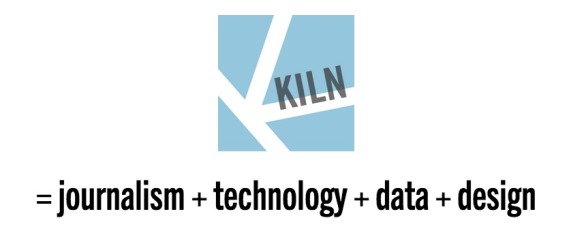Kiln is a design studio specialising in data visualisation, digital storytelling, maps and animation. It was founded and is run by Duncan Clark and Robin Houston, creators behind such projects as Women’s Rights or In flight for the Guardian. In this short interview Duncan Clark talks about how they go about their projects.
How do you choose what subjects to cover in your visualisations?
It’s a mix. Sometimes we have an idea that we know we want to pursue; sometimes the Guardian or another client will approach us with an idea.
What is key for you in the process of designing information?
One golden rule is to let the information speak for itself. There’s no point making a pretty visualisation if it doesn’t make the data clearer to understand and easier to interrogate.
What is your favourite project that kiln.it worked on so far and why? What do you think makes it interesting for people to explore?
“In flight” is certainly the most ambitious thing we’ve done so far and possibly my favourite. I like that fact that almost everyone says “wow” at seeing the sheer number of planes that have flown through the air in the last 24 hours. But I also think it’s interesting as an experiment in combining different approaches to storytelling: it takes elements from documentary making, data visualisation, radio production, live mapping and tries to combine them into a coherent whole.
What’s your work process? How much leeway do you have in your work? Do you get precise instructions for your projects or do you only accept broadly defined commissions?
It varies. Sometimes the starting point of a commission is just a broad subject area; at other times a client might have a very specific visualisation technique in mind from the outset. Most commonly, though, we’re given a dataset and asked to work out how best to turn it into something compelling.
What advice would you give to a budding data journalist?
It depends what kind of data journalist you want to be. If you’re mainly interested in breaking stories, then getting acquainted with how to get unexplored data via Freedom of Information requests might be a good idea. If you’re more interested in interactives and visualisations then learning to code can’t hurt: access to good developers is always a bottleneck for journalists, so being able to do at least some of the coding yourself is a huge advantage. Try getting started with a free HTML, CSS and JavaScript course at Codecademy.

